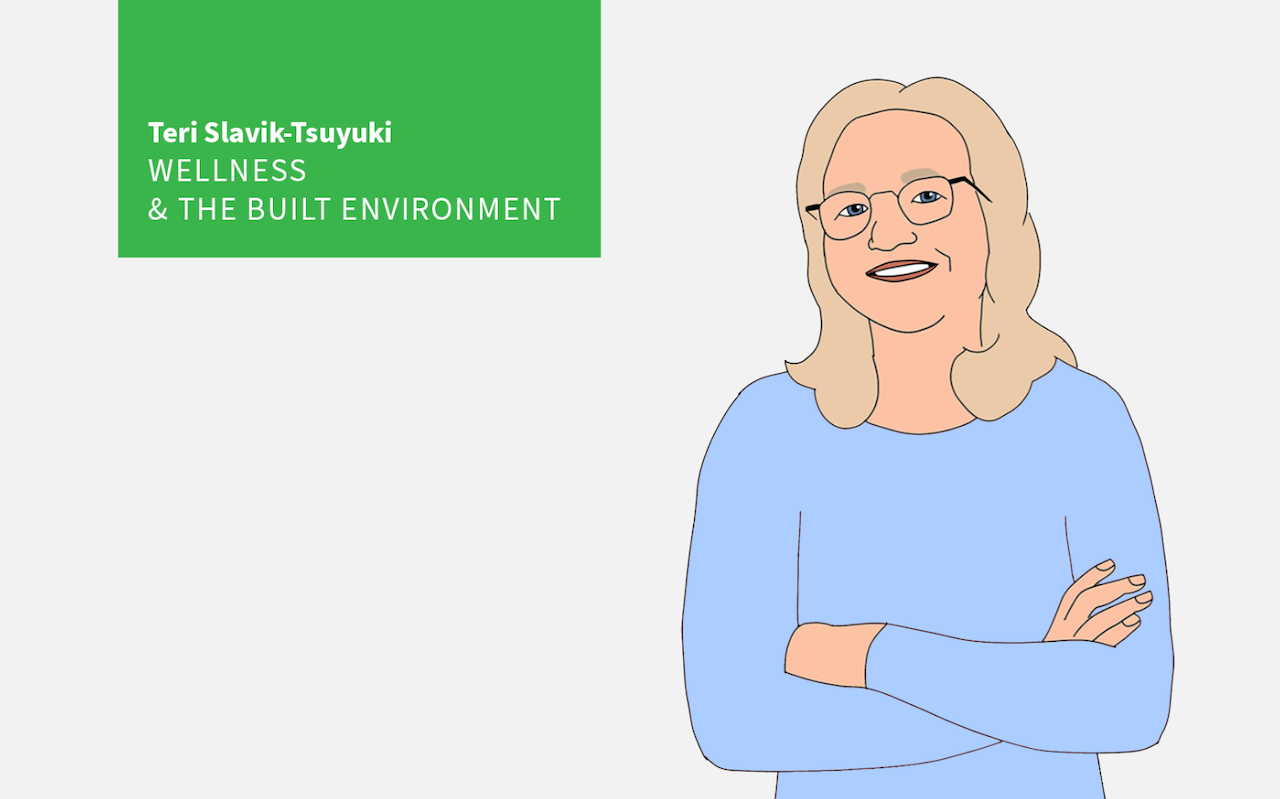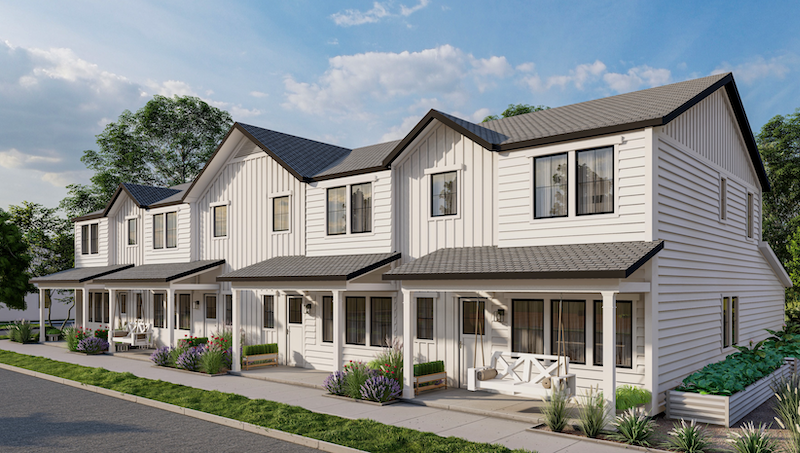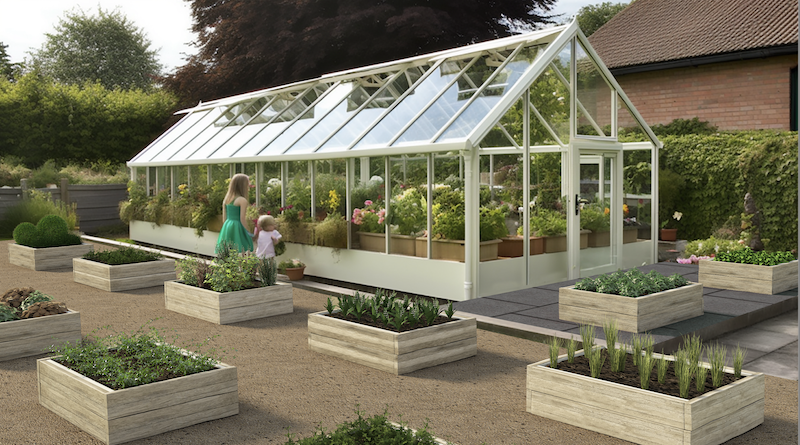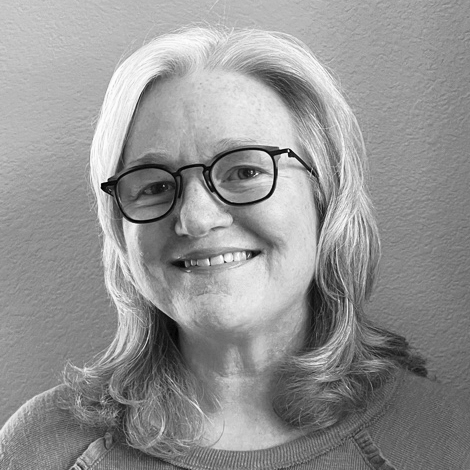Wellness & The Built Environment
TBD Case: Here Is A Build-To- Rent Wellness Community Model
A look at how Zeal for Living aims to boost the health and well-being of renters.

Wellness real estate got its start in the luxury spa and hospitality space. Famed global brands like Six Senses, exclusive destination spas, and, in recent years, several hotel operators’ newly branded residence clubs offer wellness lifestyles for affluent residents in cities around the world. Custom homebuilders and the customers they serve are increasingly adding spas and wellness amenities like infrared saunas, sleep sanctuaries, and cryotherapy rooms and floatation tanks to new homes.
A lot is possible when money is no concern. But when 85% of our health outcomes are based on the built environment, we need wellness living options for a greater percentage of people. Enter Jim Dobbie and his rental wellness community start-up, Zeal for Living.
Grounded in four identified pillars of wellness — Dwell, Connect, Nourish, and Move —Dobbie and his Wall Street capital partners are democratizing wellness. Their model is to build cottage and townhome communities from the ground up, with very specific amenities and activation strategies to create a “culture of wellness,” or to acquire properties and turn them into wellness communities through a combination of redevelopment and reactivation. With a background in investment and asset management, Dobbie had the vision and presented it to his capital partners. Their shared goal? Build a brand platform, acquire and build new sites, layer in product and service partnerships, and get to 50 Zeal for Living communities in five years.
We’re about a year into it, and we’ve got one new community start (in Sherman, Texas) but we’ve got multiple on the drawing boards in Texas and Colorado and an acquisition that we did in Wilmington, North Carolina, of 144 rental homes,” Dobbie explains. “I guess you could say we’ve got two going and then about four more in our sights right now, so that’s exciting. And it’s not just about new development, it’s also about acquisitions and repurposing that will help us get to that goal of 50 projects in five years.”
Physical Ingredients and Social Infrastructure Work Together
Zeal for Living’s first rental wellness community will come to life in the 236-home Cadia at Sherman community later this summer (Note: the community currently is branded Serena at Sherman; like many start-ups, the brand is evolving). Dobbie credits the team at Land Design for the land planning and design, and 505Design for the architecture, and it’s clear there was an intentional intersection between the two firms. The plan and the product encourage social connectivity and engagement, with cottages lining a central green court.

Some of the homes are individual single-family cottages, some are townhomes, and we have a mix of one- and two-car garages,” Dobbie says. “The community has a clubhouse, large common green, swimming pool, raised garden beds in a community garden, walking trails, and two dog parks.”
Proximity to local, healthy amenities is something Zeal considers in its site selection.
One of the reasons we chose this location is we’re about two blocks away from a public park,” Dobbie notes. “It has a lake with a walking trail around it. It has a disc golf course. It has a small seating area for an outdoor music venue. And so, while we are not in a master-planned community with lots of amenities, we are adjacent to these amenities, which gives our wellness manager and our local property manager more ways to create our culture of wellness.”

The physical and social infrastructure in Cadia at Sherman work together. For example, the raised garden beds and greenhouse, designed by the team at Agmenity, encourage residents to grow their own food, are a key part of the cottage landscape, and create opportunities for neighbors to get to know each other. There will also be a few u-pick beds managed by the landscape team on-site for residents in the townhomes, or for those interested in healthy eating but no time to grow their own food.
The planning and design team’s goal was to create more of a village feel than is typical in rental communities, using traditional neighborhood design concepts. The connection of people to place, if you will.
A lot of these rental communities are using head-in parking on the streets, and detached garages. That’s very apartment-esque, in my opinion,” Dobbie says. “We’re trying to have it feel more village-like and residential, so attached garages and parallel parking on the main streets. If we do head-in parking it’s more of an alley condition than a main street.”
Activating a Culture of Wellness
If the Dwell pillar is handled in the home design, addressing the Connect, Nourish, and Move concepts is related to the culture of the community and how it is operated.
When we surveyed potential residents, social meetups were far and away the most important things to them. It’s funny, even the walking club was seen as fulfilling a need for connection, and less so about moving,” Dobbie explains. “We think of Nourish holistically—for the mind, body and soul, not just the food we eat,” he continues, citing an example of a walking club going for a walk, then hanging out together in the clubhouse and connecting over games or conversation. “They’re doing this on a regular basis and making that a priority over answering a call that comes in or a meeting request, where they may otherwise have thought to skip the walk.”
Each Zeal for Living community will be served by a wellness director, whose job it is to survey people and understand what wellness means to them and what they want in a community built around wellness. The goal is to provide low- or no-cost activities, and product partnerships where residents can enjoy discounts. For example, Zeal currently offers discounts for residents on Garmin wearable devices. It is also working with a local sports retailer to sponsor a running club that starts and ends in its Sherman community, and negotiating a partnership with a mattress company, a particularly good fit for renters.
People often make a mattress purchase decision when they move, rather than paying movers to move an old one,” Dobbie says. “We can help educate them on how a quality temperature-control mattress will improve sleep, and also provide a discount on a better mattress.”
As any Apple Watch wearer can attest, the ability to track and even gamify progress is motivating. The team at Zeal for Living has created an app that monitors each individual’s wellness journey, while also allowing them to manage rent payments, put in maintenance requests, and join clubs and events.
They can get fitness on demand through the app to put on a TV at home, or in the clubhouse to work out with neighbors. They can get support from a nutritionist through the app. When they move to a Zeal community they are prioritizing wellness, and we are creating programs to support that,” Dobbie explains.
When it comes to the mechanics of operating these rental wellness communities, Zeal for Living made the decision to leverage partnerships, rather than build a property management and maintenance platform like some of the larger build-for-rent operators.
We will work with local property managers and vendors to put our wellness overlay on top of their services, refocusing them to support our culture of wellness as opposed to just letting them run the property however they want,” Dobbie notes.
The combination of needed redesign or redevelopment of existing properties, the wellness director, new amenities, and an intentional focus on wellness activation will create a viable value proposition for renters looking for a place to live that supports their well-being.
Future Growth Potential and A Personal Reason Why
So far, the concept seems to be attracting strong interest, and Zeal expects to capture about a 10% premium over other rental properties.
We are just about to start pre-leasing and we’re anticipating first move-ins (in Sherman) around June,” Dobbie says. “With only some light marketing so far interest has been very strong. We’ve got a large interest list and had a 75% response rate to our last round of surveys, which was huge.” Future plans include two more Zeal communities of 200-plus homes with a clubhouse in north and south Dallas, and two other locations south of Denver.
Large-scale master-planned community developers have shown interest in having a Zeal neighborhood within their community. It provides a viable use for 200 to 300 acres of land, a product with the level of amenities residents in master plans expect, and it introduces potential future homebuyers to the community. Luxury multifamily operators are also attracted to the concept.
I’m having these conversations, as word gets out with high-end mega resort groups, asking, ‘Would you do this?’" Dobbie says. "And I tell them I’m not the 4,000-square-foot high-end luxury developer, there are others who do that. But how about you walk your talk, and I can build a village of housing for your employees,” he says.
Urban redevelopment in the right location, with complementary adjacent amenities and services, is another growth opportunity for Zeal to transform tired rental properties into viable wellness communities.
When asked about his impetus for developing wellness communities, Dobbie shared a story of a close friend whose health was transformed when he moved into a community where social connections took on more importance.
I saw him about a year and a half after he moved, and he said he was healthier and happier than ever because he moved to a community where he has a social circle outside of just his family,” Dobbie recalls. “I was able to see firsthand the impact a community, a culture of wellness, and a little bit of social connectivity can have on someone’s life.”
Witnessing this experience is one reason why Dobbie created Zeal for Living, and he clearly has the passion—and committed financial partners—to improve the lives and well-being of thousands more as he works toward his goal of 50 communities in five years.
MORE IN Wellness & The Built Environment
Rezoned For A Future That Bridges Timely, Timeless Values
Nolen Communities put in the work to turn a coastal California site into a thriving 20-acre agrihood, Fox Point Farms.
A Look Back To Move Forward As Partners In Environmental Wellness
It’s our job now to stay close with our customers, and to collaborate. To create great places -- good for people and the planet -- we need to break down barriers against adopting an innovation by focusing on its value to our customers and the cost – and value – to our businesses.
Civic Well-Being: The New Rules Of Engagement In Placemaking
The spaces and places we create in the form of new home communities, smaller scale infill neighborhoods, or multi-family and mixed-use communities stand as blank canvases on and in which civic connections occur.
